Chili flakes, also known as crushed red pepper flakes, are dried and crushed chili peppers used to add heat and flavor to dishes. They are a staple in many cuisines worldwide, from Italian pasta sauces to Mexican salsas and beyond. According to the United States Department of Agriculture (USDA), chili peppers contain capsaicin, which is responsible for their heat and health benefits such as boosting metabolism and reducing inflammation.
Table of Contents
- What Are Chili Flakes?
- Types of Chili Flakes & Heat Levels
- Creative Cooking Uses
- Buying Guide: How to Choose
- Storage Tips
- Health Benefits Backed by Science
- FAQs
- Final Thoughts
What Are Chili Flakes?
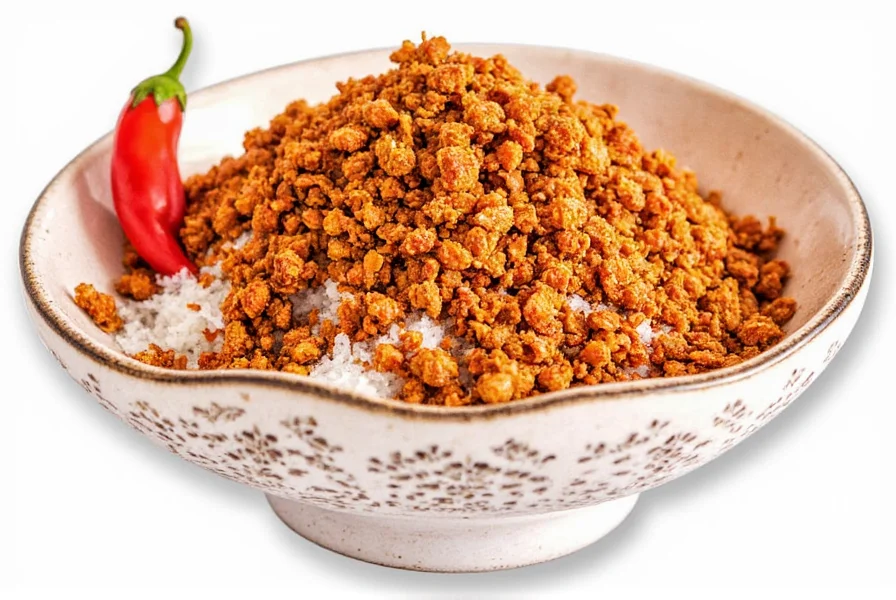
Chili flakes are simply dried and crushed chili peppers. They come from a variety of pepper types — some smoky, some fruity, some blazingly hot — and can range dramatically in flavor and heat level.
The beauty of chili flakes lies in their versatility. You can sprinkle them on pizza, toss them into pasta sauce, shake them into soups, or even add them to cocktails (yes, really!). Unlike cayenne powder, which is more uniform, chili flakes retain texture and visual appeal — making them both functional and aesthetic.
Types of Chili Flakes & Heat Levels
Not all chili flakes are created equal. From mild and fruity to skull-meltingly hot, here's a breakdown of popular varieties:
| Type of Chili Flakes | Scoville Heat Units (SHU) | Flavor Profile | Best For |
|---|---|---|---|
| Ancho (Poblano) | 1,000–2,000 SHU | Sweet, smoky, earthy | Stews, sauces, mole |
| Guajillo | 2,500–5,000 SHU | Fruity, tangy, tea-like | Tamales, marinades |
| Cayenne | 30,000–50,000 SHU | Sharp, clean heat | Spicy soups, rubs |
| Hatch Green Chile | 2,500–10,000 SHU | Grassy, slightly smoky | Southwestern dishes |
| Ghost Pepper | 850,000–1,041,427 SHU | Burning intensity, delayed onset | Hot sauces, challenges |
For authentic flavor profiles, consult the Food and Agriculture Organization (FAO) guidelines on chili pepper varieties used in traditional cuisines worldwide.
Creative Cooking Uses
Think beyond shaking them onto your pizza. Here are five ways to elevate your cooking using chili flakes:
- Pasta Perfection: Toss with olive oil, garlic, Parmesan, and chili flakes for a quick, restaurant-style meal.
- Boost Broths: Add a pinch to chicken noodle soup or miso broth for warmth and complexity.
- DIY Hot Oil: Infuse chili flakes into olive oil and drizzle over grilled veggies or noodles.
- Meat Rub Magic: Combine with paprika, salt, and brown sugar for a spicy-sweet BBQ rub.
- Cocktail Kick: Rim a Bloody Mary glass with chili flakes and lime salt — your guests will thank you.
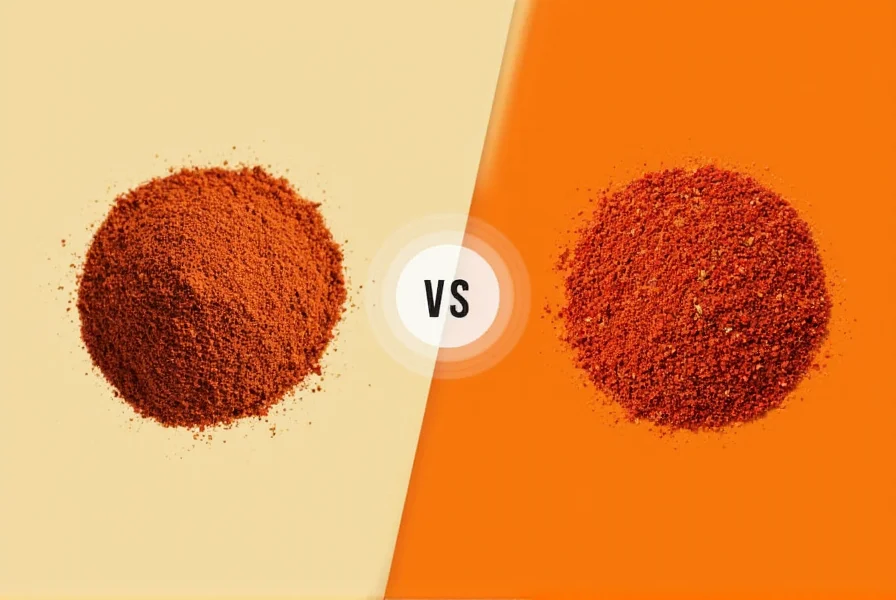
Chili Flake Buying Guide: How to Choose the Right One
With so many brands and blends on the market, choosing the right chili flakes can be overwhelming. Here's what to look for when shopping:
1. Know the Pepper Type
Read the label carefully. Some blends mix multiple chilies for complex flavors, while others stick to one type for purity.
2. Check for Quality Ingredients
Avoid products with added preservatives, artificial colors, or unnecessary fillers. Good chili flakes should have only one ingredient: dried chili peppers.
3. Consider the Texture
Finely ground flakes disperse heat evenly, while coarsely crushed flakes offer texture and visual flair. Pick based on your cooking style.
4. Read Reviews (Yes, Even for Spices)
Websites like Amazon, specialty spice shops, and Reddit forums are goldmines for real-world feedback.
Top Picks for Every Taste:
| Product | Features | Advantages | Best For | Occasion |
|---|---|---|---|---|
| Spice Hunter Crushed Red Pepper | Organic, non-GMO, medium heat | Consistent quality, versatile flavor | Everyday cooking | Weeknight dinners |
| MexGrocer Guajillo Flakes | Dried Mexican chili, moderate spice | Fruity notes, perfect for salsas | Mexican cuisine lovers | Taco Tuesday |
| La Flor Habanero Flakes | Very hot, tropical undertones | Unique flavor with intense heat | Heat-seekers | BBQ competitions |
| Penzeys Cayenne Crushed | Pure, potent, no additives | Perfect for spice-forward dishes | Cooks who love bold flavors | Stir-fries and rubs |
| Cook's Essence Ghost Pepper | Super-spicy, finely milled | Great for DIY hot sauces | Extreme heat lovers | Chili cook-offs |

How to Store Chili Flakes Like a Pro
Proper storage keeps your chili flakes fresh, flavorful, and potent. Here's how to do it right:
- Airtight Containers: Transfer from the original packaging to a sealed jar or spice bottle.
- Cool & Dry: Keep away from heat sources and direct sunlight to preserve flavor and color.
- No Moisture Allowed: Humidity can cause clumping and mold. Silica packets help absorb moisture.
- Label It: Note the date and chili type to avoid confusion later.
- Shelf Life: Whole dried chilies last up to a year, while crushed flakes should be used within 6 months for optimal potency.
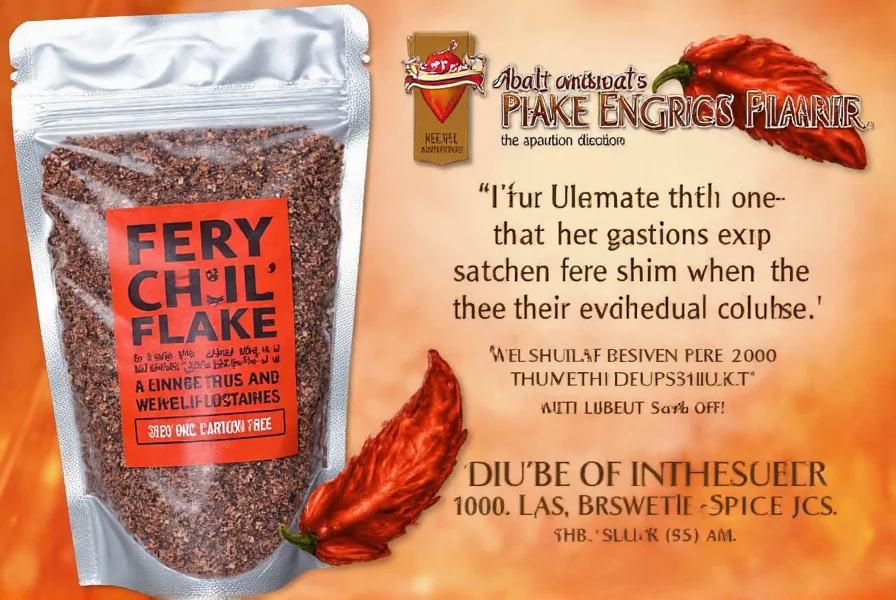
Are Chili Flakes Healthy? Let's Talk Benefits
Other than giving your tongue a workout, chili flakes offer several health perks backed by scientific research:
- Metabolism Boost: Capsaicin increases thermogenesis, helping your body burn calories faster. According to a 2020 study in the Journal of Nutrition, capsaicin can increase energy expenditure by up to 5%.
- Anti-Inflammatory: Studies show capsaicin has natural anti-inflammatory properties. Research from the American Journal of Clinical Nutrition confirms its role in reducing chronic inflammation markers.
- Heart Health: Regular consumption may lower cholesterol levels and reduce heart disease risk. The American Heart Association notes chili peppers as part of a heart-healthy diet.
- Antioxidant Rich: Peppers contain vitamin C and other antioxidants that support immune function.
- Pain Relief: Topical capsaicin creams are used to relieve arthritis and nerve pain, as documented by the National Institutes of Health (NIH).
Of course, moderation is key. Too much heat can irritate sensitive stomachs or lead to indigestion.
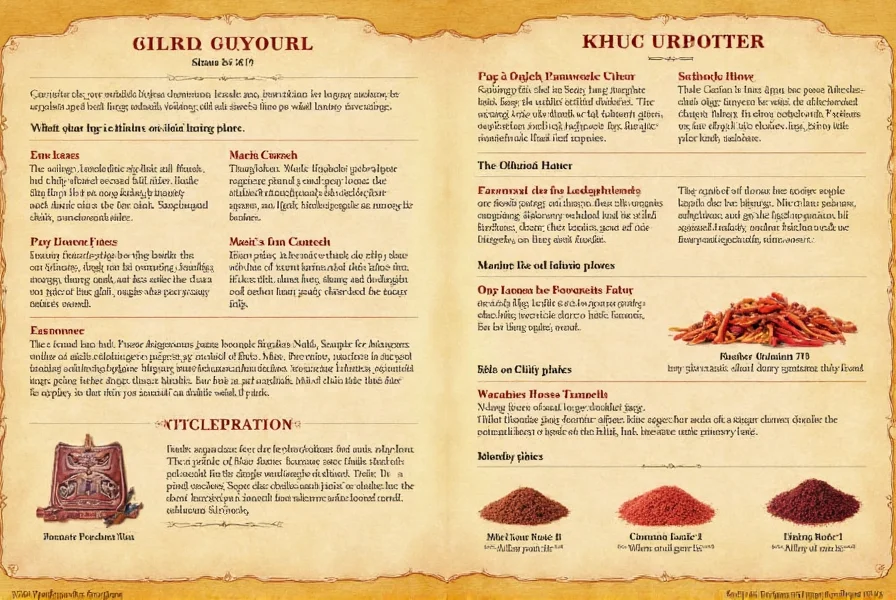
FAQs About Chili Flakes
Can I Make My Own Chili Flakes at Home?
Absolutely! Simply dry your favorite chilies in a dehydrator or oven (set to lowest temperature) for 8-12 hours until completely brittle, then crush them using a spice grinder, mortar and pestle, or even a rolling pin. For best results, remove seeds if you prefer milder flakes, or include them for extra heat. Homemade flakes allow you to control the heat level and create custom blends.
Are Chili Flakes the Same as Crushed Red Pepper?
Yes, the terms are often used interchangeably. 'Crushed red pepper' is commonly found in U.S. grocery stores and typically refers to flakes made from various red chili peppers like cayenne, red jalapeño, and others. The exact blend can vary by brand, but both terms refer to dried, crushed chili peppers rather than a spice blend.
Can I Use Chili Powder Instead of Chili Flakes?
You can substitute in a pinch, but be aware that chili powder is usually a spice blend containing ground chilies plus other ingredients like cumin, oregano, garlic powder, and salt. Chili flakes are pure dried, crushed chili peppers. For substitution, use 1/2 teaspoon chili powder for every 1 teaspoon of chili flakes, but expect flavor differences. For recipes where texture matters (like sprinkling on finished dishes), the substitution won't work well.
Do Chili Flakes Lose Potency Over Time?
Yes, chili flakes gradually lose their heat and flavor compounds over time. Properly stored in an airtight container away from light and heat, they maintain good quality for about 6 months. After one year, they'll still be safe to eat but will have significantly diminished flavor and heat. To test potency, rub a small amount between your fingers and smell - fresh flakes should have a strong, vibrant aroma.
How Much Chili Flakes Should I Use in a Recipe?
Start with 1/4 to 1/2 teaspoon for a standard recipe serving 4 people. You can always add more, but you can't take it away! For pizza or finished dishes, sprinkle to taste. Remember that different chili varieties have different heat levels, so adjust accordingly. If you're using particularly hot varieties like habanero or ghost pepper flakes, start with just a pinch (1/8 teaspoon or less).
Are Chili Flakes Gluten-Free?
Pure chili flakes made from just dried peppers are naturally gluten-free. However, some commercial blends may be processed in facilities that handle gluten-containing products. If you have celiac disease or severe gluten sensitivity, look for certified gluten-free brands and check labels carefully. Avoid blends that include other spices which might contain gluten as an anti-caking agent.
How Do I Reduce the Heat If I've Added Too Many Chili Flakes?
Add dairy (milk, yogurt, sour cream), sweetness (sugar, honey), acidity (lemon juice, vinegar), or starch (bread, rice, potatoes) to counterbalance the heat. For soups or sauces, you can also dilute with more of the base liquid. Remember that heat from capsaicin is fat-soluble, so dairy works particularly well. Avoid drinking water, as it will spread the capsaicin rather than neutralize it.
What's the Difference Between Red Pepper Flakes and Chili Flakes?
The terms are often used interchangeably, but there can be subtle differences. 'Red pepper flakes' typically refers to the common U.S. product made from various red chilies, while 'chili flakes' might indicate a specific chili variety (like ancho or guajillo). However, usage varies by region and brand. In professional cooking contexts, 'chili flakes' often implies a specific type of pepper is being used, while 'red pepper flakes' suggests a blend.
Can I Use Chili Flakes in Baking?
Absolutely! Chili flakes can add an interesting dimension to chocolate desserts, spiced cakes, or even breads. They work particularly well with dark chocolate, adding a subtle warmth. Start with very small amounts (1/8-1/4 teaspoon) as the heat intensifies during baking. For chocolate applications, pair with cinnamon or coffee for a complex flavor profile. The heat will mellow somewhat during baking but will still provide a pleasant warmth.
Final Thoughts: Fire Up Your Kitchen!
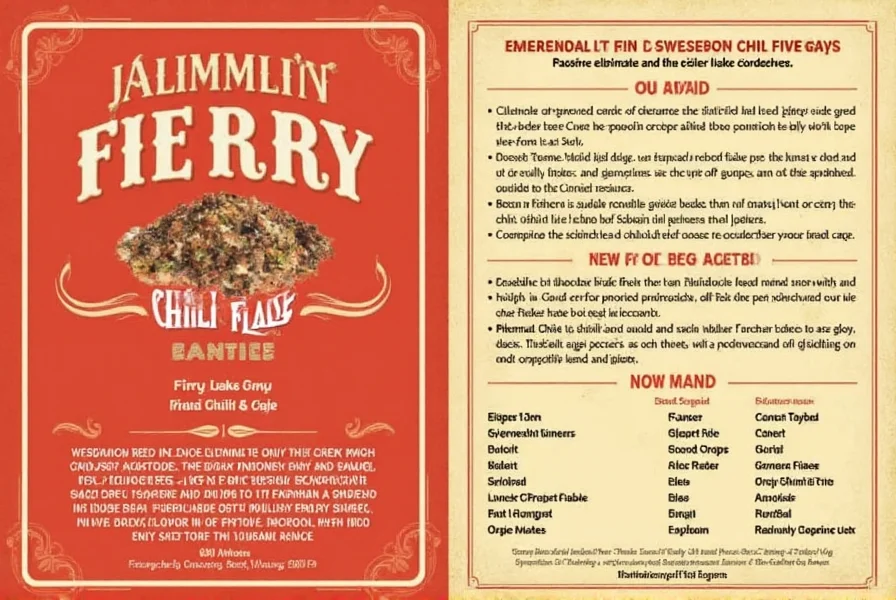
Chili flakes aren't just about heat — they bring flavor, color, and soul to your cooking. Whether you're a casual home cook or a full-on spice geek, there's a chili flake out there for you.
Now that you're equipped with knowledge on types, uses, buying tips, and health hacks backed by scientific research and expert chefs, it's time to grab your favorite jar, get creative, and let the flames of flavor ignite your next meal.
So go ahead — dare to be spicy. 🔥










 浙公网安备
33010002000092号
浙公网安备
33010002000092号 浙B2-20120091-4
浙B2-20120091-4